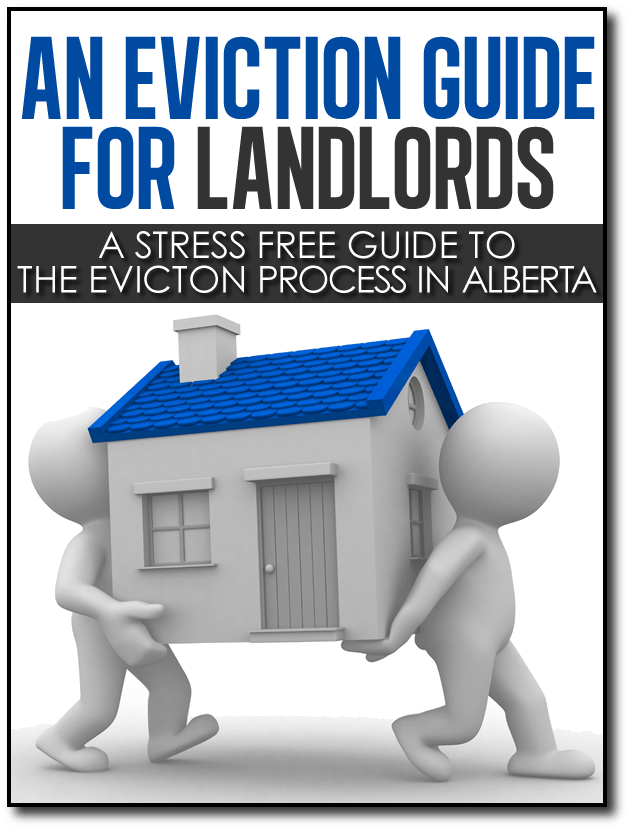 If you missed the headlines the other day, Alberta is now leading the nation in mortgage arrears with .74 percent of the mortgages in the province in arrears. Just to put that in perspective that means out of every 10,000 mortgages 74 are behind on their payments. Nationally the number is 42 per every 10,000 mortgages, or .42 percent, so you can see our numbers are significantly higher.
If you missed the headlines the other day, Alberta is now leading the nation in mortgage arrears with .74 percent of the mortgages in the province in arrears. Just to put that in perspective that means out of every 10,000 mortgages 74 are behind on their payments. Nationally the number is 42 per every 10,000 mortgages, or .42 percent, so you can see our numbers are significantly higher.
It creates an even bigger impact when you consider in June of 2007 that the number of properties in arrears for Alberta was only 14 mortgages out of every 10,000. That makes today’s percentage over five times higher than 2007.
Then again, we had just gone through three years of mind numbing growth in values, so it should have been exceptionally low. Now however, we are at the opposite end of the spectrum and are feeling the pain of the fallout. This is just another example of the highs and lows of a Real Estate cycle, but now affecting the next phase of the industry, the mortgage holders.
Does this signify the beginning of the end? Will Alberta house prices tumble in an effort to deal with these potential foreclosure properties and the repercussions? Perhaps it’s easier if we look at a couple of other facts that should be noted with these arrears.
While these properties are behind in payments, it doesn’t mean they have gone all the way through the foreclosure process and have become actual foreclosures. These statistics only talk about properties in arrears, you typically have to be in arrears for two or three months before the foreclosure process starts.The actual foreclosure process can take up to six months from beginning of the process until the end.
Now obviously the numbers have changed, but back several years ago, properties that actually went all the way through the foreclosure process after falling behind were less than 10%. The majority of the foreclosure proceedings were simply resolved by home owners selling or refinancing prior to actual foreclosure.
So given the worsening economy, tougher times and just to make the number scarier, if we say this number jumped to 50% of the properties currently behind going all the way through foreclosure, that’s still only 37 out of 10,000 properties ending up foreclosed. Looking at the MLS, one would believe there are considerably more foreclosures out there, but reality tells us that appearances can be deceiving.
While the MLS has significantly more foreclosures appearing in it than the averages above indicate, remember that a much higher percentage of foreclosed properties end up on the MLS than properties not in foreclosure. A property that has been foreclosed either gets sold via the paper or listed with Realtors and as a result, a very high percentage of these end up on the MLS messing up the averages.
The problem in Alberta that arises (and for the most part Canada), is that if these properties haven’t been sold by the homeowner prior to being foreclosed, they most likely have very little equity and are typically high ratio mortgages. By law, all high ratio mortgages are insured which means the banks get paid the full mortgage amount, so there is very little incentive for them to sell the properties at a discount of any type. Hence, they often get listed at full market value and include restrictive sales conditions making them far less desirable to the informed buyers.
This is what corrupts the numbers. Many of these then languish on the MLS for ages, creating the appearance of more foreclosures actually being out there and available for sale than there truly are. Since these properties are also not very often discounted in price, it really means little when it comes to affecting overall property values.
Compare this to the short sales in the US, where properties are often discounted significantly to get them off the books. These discounted properties affect values significantly, which is why the US still has some significant struggles ahead of them as our numbers are a fraction of theirs. This is another example of how our two markets differ and why we won’t see the free fall in prices that some are predicting.
In the big picture, it’s very true that the number of homeowners struggling with payments is increasing and this won’t go away soon. However, it’s not as big a problem as it appears. So, as always, don’t get scared by the headlines, read between the lines and find out what is really going on. Or wait for me to explain it!


